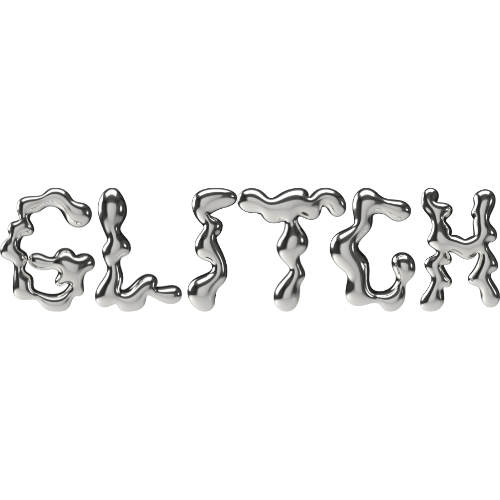The EU has created a strategy for sustainable and circular textiles, which aims to reduce overconsumption and overproduction by introducing a compulsory digital product passport for any textiles sold in the EU by 2030.
Digital product passports will be enforced on all products placed on the EU market, whether they were created inside or outside the EU. The bill comes as a result of findings that 5 million tonnes of clothing are discarded each year in the EU, and only 1% of material in clothing is recycled into new products.
The goal is to create a circular fashion system where consumers benefit from better-quality clothing with durable, repairable, and recyclable materials free of hazardous substances, that meet environmental and health standards.
What is a digital product passport?
The digital product passport (DPP) is essentially a digital twin of a product that holds important information about the item. This includes sustainability credentials, ownership, and on occasion, instructions on how to take care of the item. The passport usually comes in the form of a QR code or barcode.
Why is the passport being introduced?
The digital product passport initiative is based on a transparency model, empowering consumers to be more informed about the products they are buying. The EU is hoping this openness will create more sustainable supply chains because manufacturers will be held accountable for what products are in their textiles.
The creation of the digital passport is also trying to resolve the issue of counterfeiting. The EU discovered that 20% of fashion products advertised on social media platforms are fake, especially in cosmetics and personal care, watches and jewelry, handbags and luggage.
How can brands utilise digital product passports?
Brands can utilise digital product passports to limit the distance between brands and consumers. The ODD Sweater made in collaboration with TRIBUTE BRAND, Waste Yarn Project, and Chromie Squiggles is using a form of digital passport. Each sweater has a TRIBUTE Near-Field Communication (NFC) chip which links directly to the TRIBUTE’S App, as a means of authenticity.
Nobody’s Child uses unique QR codes on all their products with information about the supply chain. The brand collaborated with tech company Fabacus to align with the EU’s new digital product passport rules. Nobody’s Child also collaborated with Coinbase, a cryptocurrency exchange platform that will allow buyers to store the Nobody’s Child digital product passport NFT within a Coinbase digital wallet and will connect buyers with the brand using Web 3 technology.
Jody Plows, Nobody’s Child’s CEO states how “Our collaboration with Fabacus and Coinbase marks a significant step forward in our journey toward full traceability and transparency. We understand that our Nobody’s Child customers are interested in making environmentally conscious choices, and the introduction of DPPs is another step toward providing our community with honest and transparent information.”
Are there any limitations to the digital product passports?
As with all things, there are always some limitations when it comes to introducing something new. The biggest challenge for brands will be implementing this technology, especially if they have a complex supply change. There is also a risk that companies might greenwash and provide false information about the product’s lifespan. Consumers have become good at speaking out when brands are pretending to be eco-friendly in advertisements and marketing campaigns, but there is a concern that brands might manipulate data issued on their product passports to look more sustainable and ethical.
The use of blockchain technology can help overcome this issue. Dr. Phil Brown and Tian Daphne tell Circularise, “Due to the decentralised nature of public blockchains, unauthorised access and manipulation of the data is much harder, making it highly trusted and reliable. But because all transactions are visible to everyone on the network this creates a lack of privacy that can be a major concern and barrier for businesses who want to keep certain information confidential and secure such as sensitive data relating to the composition of materials or products. Yet, this is sometimes the exact data that is needed to facilitate circular innovation and recovery strategies.”
GLITCH’S Main Takeaways
The fashion industry is responsible for 8-10% of global emissions meaning that drastic action needs to be taken. The introduction of digital product passports is an exciting new way to provide consumers with:
- Transparency
- Authenticity
- Quality items
The more pressure the government and consumers place on brands can lead to a more sustainable supply chain model. Not only will this help the planet, but it will also ensure that consumers are getting better value and standards for the products they are receiving.
We are excited to see how the use of blockchain technology can create a more open conversation between brands and consumers. With the shocking levels of overconsumption and overproduction, something needs to be done, and digital product passports are a brilliant start towards a more circular future of fashion.
Written by Amber Weir from GLITCH Magazine





